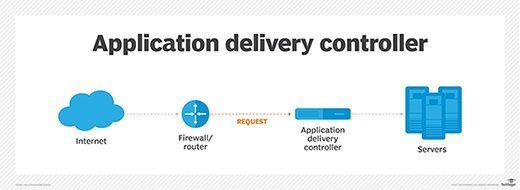
Joshua Resnick - Fotolia
How do virtual ADCs benefit enterprise data centers?
Virtual ADCs bring another level of flexibility, authentication and performance monitoring, moving application delivery controllers beyond load balancing and application acceleration.
Among other features, application delivery controllers provide traffic-handling and prioritization capabilities, which are critical factors in helping enterprises meet complex user quality-of-experience requirements.
The virtualization of application delivery controllers (ADCs) opened new avenues of functionality for these devices, particularly in the form of application acceleration geared to microservices and cloud-based applications. Most importantly, virtual ADCs enable IT operators to deploy the specific ADC functionality where and when it is needed.
ADCs have evolved from their initial roles as server load balancers. Today, they provide a variety of services, ranging from traffic management to security. ADCs are typically deployed in the data center as hardware appliances, residing between the firewall and the application servers. There, they manage the flow of data between users and those server-based applications.
ADCs use a number of techniques to optimize application performance, including traffic identification, data compression and reverse proxy caching. ADCs are also used to support a number of security applications, such as web application firewalls, Secure Sockets Layer encryption and as protection against distributed denial-of-service attacks.

How virtualization is changing the ADC
The ability to abstract network software from its underlying hardware fueled new ways for enterprises to deploy virtual ADC functionality. At the same time, data center traffic flows and requirements have also evolved -- spurred by the rapid growth of east-west traffic.
The introduction of containers and microservices applications in the data center, meantime, creates the need for some type of a service mesh to optimize the east-west traffic. In this use case, virtual ADC software offers the authentication, routing, load balancing and performance monitoring needed to effectively manage this traffic.
The rise of multi-cloud -- for example, the increasing use of Microsoft Azure and Amazon Web Services for enterprise applications -- is also changing the role of the ADC. As enterprise applications can run on any platform in any location, application acceleration as a service may be required to ensure user quality of experience. To that end, a virtual ADC placed on a public cloud platform offers enterprises a consumption-based pricing model they can exploit to manage their expenses.








